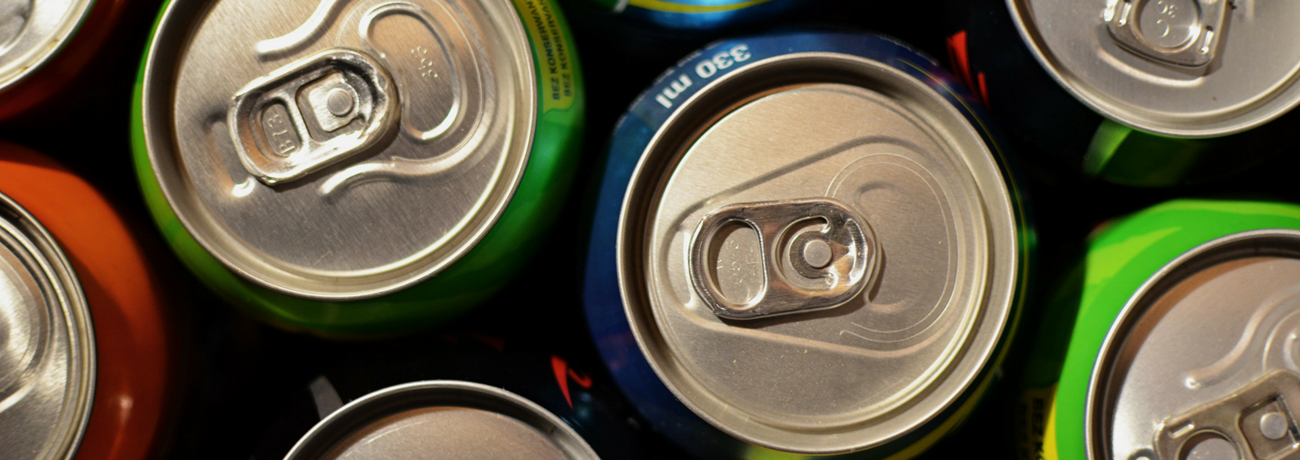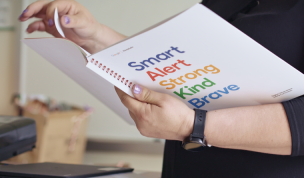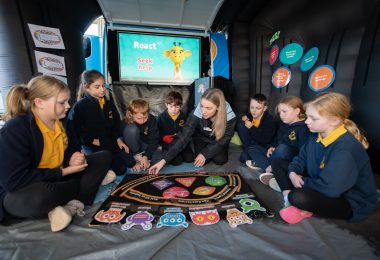Sports drinks vs energy drinks

With all the products available on the supermarket shelves these days, choosing what’s good for our families can be confusing. And if we, as adults, find it difficult, can you imagine how confusing it is for kids?
More and more we need to make reading labels on packaging part of our buying decision. We need to understand what the ingredients are and whether there are any major risks or side effects from consuming certain products. For example, there is a massive difference between energy and sports drinks and, while you think your kids might be drinking something healthy to boost your energy levels, you may be doing exactly the opposite.
Let’s look at the key ingredients of sports drinks and energy drinks
Sports drinks contain carbohydrates (sugars and glucose) and electrolytes (sodium) which feed muscles and replace chemicals lost during sweating enabling a person to sustain physical activity for long periods.
Sports drinks are really intended for people doing a high level or strenuous physical activity. For most children and even adults, sports drinks aren’t required to meet daily activity levels and it’s best to consider sports drinks as a ‘sometimes’ drink rather than an ‘every day’ drink. The best way for you or your child to keep hydrated is to drink water.
In energy drinks, however, the key ingredient is caffeine that speeds up the central nervous system so your mind tells your body to keep going even though you may not be physically capable. This means that when the effects of the energy drink wear off, so does the person’s energy.
Energy drinks can contain a much higher dose of caffeine than other drinks kids are consuming and can be quite toxic.
According to a study by The Medical Journal of Australia (MJA) on the health risks and toxicity of energy drinks, the consumption of caffeinated beverages intended to “energise” has increased significantly over the past 10 years. This is particularly alarming as a recent study published in Pediatrics, the official journal of the American Academy of Pediatrics, highlighted the vulnerability of children to the adverse effects of caffeine consumption, particular children with cardiac abnormalities, diabetes, mood or behaviour disorders or who take certain medication.
Energy drinks can contain a much higher dose of caffeine than other drinks kids are consuming and can be quite toxic, causing tremors, anxiety, hypertension, headaches, nausea and insomnia. The MJA report notes that caffeine overdose can also potentially lead to seizures, psychosis, and in extreme circumstances, death.
In December 2011 a 14-year-old American died after allegedly drinking a very large volume of an energy drink – 480 mg of caffeine – the equivalent of 6 x 250 ml cans of V or Red Bull. She had a common heart condition and, shortly after consuming the drink, she went into cardiac arrest and died 6 days later. The official cause of death, according to her death certificate, was cardiac arrhythmia due to caffeine toxicity.
Life Ed understands that educating children about the risks of caffeine equips them with the knowledge, skills and attitudes needed to make the safest and healthiest choices.
4 things you can do at home with your kids:
1. Discuss what an energy drink is, read the label together and ensure you both know about the ingredients and their potentially harmful effects.
2. Encourage them to consume water, or if they need a boost, juices with little or no added sugar.
3. Provide your child with a healthy nutritious lunch box and water bottle each day for school and take away the temptation for energy drinks. Healthy carbohydrate-rich foods in your child’s lunch will maintain sustainable energy levels throughout their day.
4. Lead by example. Consider your own intake of energy drinks and if you too should consider healthier alternatives.









